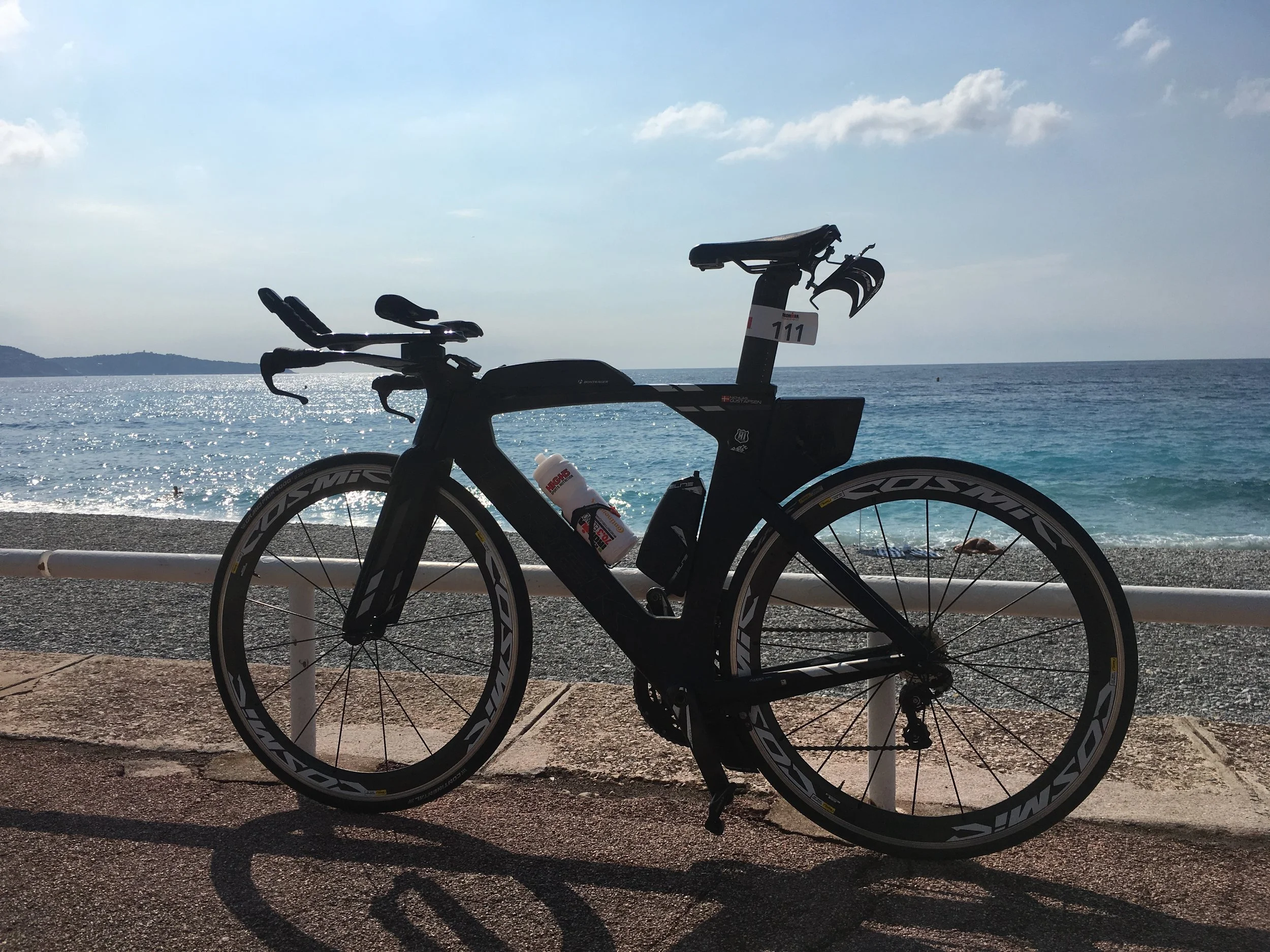TRAINING INJURIES
When training for an Ironman or other kind of endurance sports disciplines, there will always be a risk of injuries. It is something we take very seriously in Uperform Coaching. We always do our best to keep close contact with our athletes, so we can try to avoid injuries, but it is important for us that the athlete listen to their own body, because they can feel if something is wrong or if the body gives a sign of something that isn’t right. Uperform Coaching working with active restitution, so normally you will have a week focusing on restitution between the hard training blocks.
When we a talking about the injuries, then we work with primary two types of injuries.
Acute injuries
Overuse injuries
ACUTE INJURIES
Acute injuries are something that happened abruptly and you can define the exact time and/or reason. Whereas overuse injuries are often something there is hard to define and it can be difficult to figure out when and how it comes, but normally the reason could be one of these:
Too much or wrong training
Too fast progression in the training
Not enough restitution
Lack of variations in training (ex. The ground you are running at)
Lack of planning
Bad equipment
Ex. damaged or old running shoes
OVERUSE INJURIES
Overuse injuries are often a combination of different elements from the list above and overuse injuries can also be the reason for acute injuries because of lack of concentration in the training.
It is important to take all kind of injures very seriously. It is something we are handling with highly focus at Uperform Coaching, since it is something that can damage the athletes for long time. So, we are always schedule the training for our athletes due to any injuries or similar upcoming damages of the body. It is something that is important for us, so we can guarantee the athlete the best recovery training after an injury. At Uperform Coaching we are working with training focusing on strengthen the body so it can absorb the hard training sessions without any damages on the body. It is important that the athletes are aware of the signal from the body. Some injuries can be treated and other injuries can be trained away with easy and right training. There is a lot of different ways to treat an injury, but it is important to take it easy and get the right treatment. Massage, physiotherapy, acupuncture and so on, are some of the ways to treat the injuries.
PRICEM
If you get an acute injury, then we recommend following based on the PRICEM principle:
- P - Protect
- R –Rest
- I –Ice
- C –Compression (Important and should be done immediately)
- E –Elevation
- M –Mobilization
If you get an injury it is important to go to a doctor or someone who can help with the treatment as fast as possible. We are recommend stopping or adjust the training down until the injury is gone. If you get a running injury, then you can focus on the bike, swim, core etc. instead.

